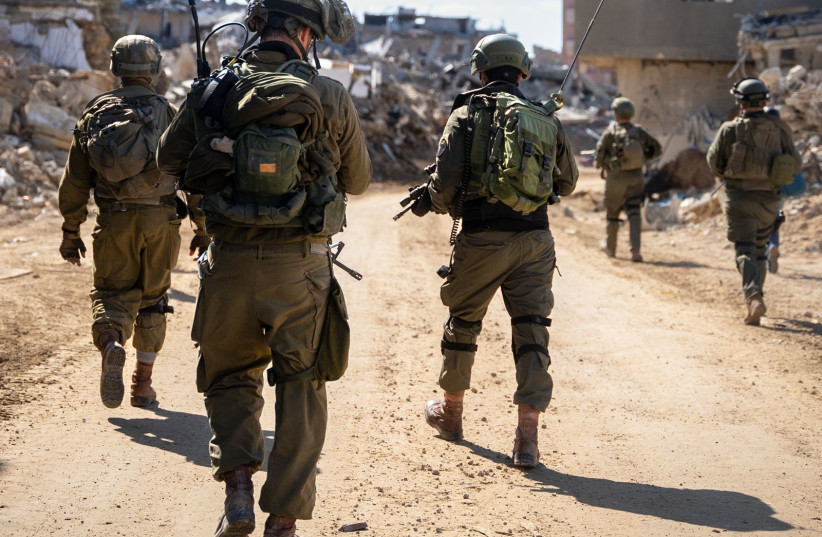The IDF unveiled its new real-time terrorist threat section software - the 'Hunter' system, on its website on Tuesday.
Under each brigade, division, and command, soldiers sit in rooms full of computers, where they remotely locate and confirm attacks on terrorist infrastructure that endangers soldiers out in the field.
These "cells" are manned by IDF representatives from intelligence, fire control, and air force units. On each of their computers, a new system called the "Hunter" is activated. This system was developed at the start of the Swords of Iron War and has already saved multiple lives.
"Imagine Google Maps software—but for the battlefield in Gaza. The system gathers indications of threats and allows users to receive information about them," describes Lieutenant E.
Once the information is received, soldiers will decide if to respond to the threat.
The idea for the system was discussed before the war after the IDF realized that different terrorist cells didn't share just one comprehensive attack platform.
After October 7, the "Hunter" system became a necessity
However, on October 7, the idea of the system came to fruition and became a necessity. Immediately, computer divisions began to create it, and within a month, an early prototype was distributed to the IDF.

Thanks to the "Hunter" system, soldiers can see rocket launches, drones, and other terrorist activities in real-time and receive details about them and their effectiveness.
After all the data has been properly collected, the designated course of action is determined, and the target is attacked.
Information about the threats comes from sensors in the field and what the intelligence units already monitor.
"Many times, we saw events happening in real-time pop up in the system, and immediately, a force jumped to the scene to neutralize them," Lieutenant E claimed.
Today, the Hunter System continues to develop, with new updates continuing to be integrated. "The ideal goal is to add more attack features so everyone [within the army] can access them."
